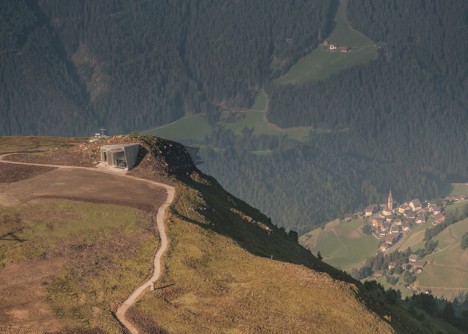 |
Instagram has made a surprising announcement that will have big implications for photographers and anyone who uses its built-in ‘share’ function: it does not grant sublicenses to users for embedded images. The revelation comes amid lawsuits over embedded Instagram posts and allegations that embedding without permission or a license constitutes copyright infringement.
Instagram features a share button that, among other things, enables users to embed public posts on other sites. This is a common way to include social media content in an article or blog post, but that may change with the bombshell announcement from Instagram. In a statement to Ars Technica, Instagram’s parent company Facebook said that despite the fact that ‘while our terms allow us to grant a sub-license, we do not grant one for our embeds API.’
 |
The company went on to state that users must get permission to embed the image from the copyright holder, this despite the fact that Instagram offers the embed function on all public images and does not allow individual users to disable the sharing option.
In light of this, users who embed Instagram posts without first getting permission or a license from the photographer may face a copyright lawsuit. We’ve seen two cases of this issue appear in court in recent months, one involving digital media website Mashable and, more recently, another involving Newsweek.
In the first case, photographer Stephanie Sinclair filed a copyright lawsuit against Mashable after it embedded one of her Instagram posts without permission. The court ultimately sided with Mashable and ruled that Instagram’s terms allowed it to grant a sublicense for images. In the Newsweek case, however, the court sided with photographer Elliot McGucken and found that more details are needed to determine whether Instagram’s terms cover sublicenses for embedded images.
In the Newsweek case, Judge Katherine Failla references the Mashable ruling, stating:
‘The Court finds Judge Wood’s decision to be well-reasoned and sees little cause to disagree with that court’s reading of Instagram’s Terms of Use and other policies … The Terms of Use unequivocally grant Instagram a license to sublicense Plaintiff’s publicly posted content … Nevertheless, the Court cannot dismiss Plaintiff’s claims based on this licensing theory at this stage in the litigation … there is no evidence before the Court of a sublicense between Instagram and Defendant … Although Instagram’s various terms and policies clearly foresee the possibility of entities such as Defendant using web embeds to share other users’ content … none of them expressly grants a sublicense to those who embed publicly posted content.’
Ars Technica contacted Facebook to find out whether its sublicense terms cover embedded images — and the company says it does not. The revelation was very surprising and will fundamentally change the way users share Instagram posts, though it is a win for professional photographers who are frustrated over how the platform currently operates.
As Sinclair pointed out in the Mashable lawsuit, Instagram is one of the most popular image-sharing websites, but it gives photographers little control over how their images are used: they can either make the images public and therefore open to embedding or make them private to restrict embedding, limiting the platform’s usefulness for photographers seeking an audience.
 |
With Facebook’s public statement on Instagram’s lack of sublicensing for embedded images, future copyright cases will not be able to follow in Mashable’s footsteps. Instagram has been criticized for failing to give photographers more control over how their images are shared and this new revelation will likely add fuel to that fire.
Though users are warned when they embed an image that they must follow Instagram’s terms, most are unlikely to actually read those terms and may not understand the intricacies of sublicensing and how it relates to embedded content. This would put unaware users at risk of copyright lawsuits for using the feature Instagram makes readily available.
 |
In a statement to Ars Technica, Instagram said that it is ‘exploring the possibility’ of allowing photographers to control whether their images can be embedded…presumably without having to make their account private. It is far from certain whether this feature will actually be deployed, however, and how long it may take to introduce this additional control.
Whether Instagram’s statement will have a far-reaching impact on copyright lawsuits and how content is shared on the Internet is yet to be seen, however. Questions remain over the ‘server test’ and whether Instagram, not its users, is liable for infringing use of its embed feature. It seems likely that Newsweek will appeal the judge’s ruling with a server test defense, but only the future will tell how this all plays out.
Articles: Digital Photography Review (dpreview.com)


















































You must be logged in to post a comment.